The report is the result of research activities conducted by the Banking Academy's research team, within the framework of cooperation between WCS Vietnam and the Banking Academy. The report provides useful information for State management agencies, financial institutions, including banks and non-bank financial institutions, and law enforcement agencies in the prevention and combat of money laundering in general and the prevention and combat of money laundering related to predicate crimes such as illegal wildlife trafficking; especially in the context that Vietnam is conducting a national risk assessment on money laundering and terrorist financing for the period 2018 - 2022, and the National Action Plan on preventing and combating money laundering, terrorist financing and financing of proliferation of weapons of mass destruction for the period 2021 - 2025.
The objective of the study is to assess the awareness, capacity and practice of identifying and preventing money laundering risks related to illegal wildlife trafficking and the need to raise awareness and build capacity of financial intelligence units (FIUs), commercial banks (CBs), and non-bank financial institutions (FIIs). The research report also provides recommendations to contribute to improving the legal framework on preventing and combating money laundering from environmental crimes; developing action campaigns aimed at changing the perspectives and practices of individuals and organizations operating in the financial sector in preventing and combating money laundering risks and threats from illegal wildlife trafficking in Vietnam.
The study was conducted for 5 months from August to December 2022 (of which, the field research period was from October to December 2022) in 12 provinces and cities with the participation of 428 officials from relevant units of the State Bank of Vietnam and provincial branches (this is representative of the FIU group because currently, Vietnam does not have a specific concept of FIU), commercial banks and non-bank financial institutions; law enforcement agencies (Police, Customs), tax authorities and relevant international organizations through questionnaire surveys and in-depth interviews. The results of the study were consulted with agencies and experts in the field of banking and finance; Anti-money laundering and anti-wildlife crime prevention at a consultation workshop held in December 2022. After the consultation workshop, the research team continued to edit and finalize the report based on comments from domestic and international experts.
Most of the officials participating in the survey assessed that illegal wildlife trade is an activity with a high and medium-high risk of money laundering, but this issue has only been noticed in recent years and at a low level: in which, officials of commercial banks and non-bank financial institutions assessed the risk of money laundering from illegal wildlife trade to be higher than those of FIUs. Specifically, the percentage of officials assessing the risk of money laundering at a high and medium-high level of commercial banks and non-bank financial institutions was 84%, compared to 75% of FIUs.
The survey participants all identified three activities with high potential risks of money laundering: money transfer/payment, international payment/trade finance, and banking products and services on digital platforms.
Regulations on anti-money laundering (AML) related to illegal wildlife trafficking are available but are not comprehensive: up to 90% of staff of non-bank financial institutions and more than 60% of staff of commercial banks and FIU groups participating in the survey stated that current regulations on anti-money laundering only refer to general anti-money laundering, and there are no specific regulations related to illegal wildlife trafficking. In addition, regulations related to anti-money laundering of illegal wildlife trafficking have not mentioned the content of money flow tracking and anti-money laundering. The lack of regulations on determining the origin of money flow, determining the value of goods, identifying signs of suspected money laundering related to illegal wildlife trafficking, or lack of instructions on information exchange, instructions on inspection work... has caused difficulties in the enforcement work of relevant agencies and units.
Most of the staff of commercial banks and non-bank financial institutions understand the current regulations related to PRCT; however, they almost do not understand the regulations on wildlife protection: only 10% of the surveyed commercial bank staff know the list of wild animals and plants listed in the appendices of the Convention on International Trade in Endangered Species of Wild Fauna and Flora (CITES).
Internal regulations on wildlife trafficking at commercial banks and non-bank financial institutions only contain general wildlife trafficking contents, without specific contents related to illegal wildlife trafficking. Among the group of financial service providers, state-owned and foreign-owned commercial banks are assessed to fully comply with wildlife trafficking regulations related to illegal wildlife trafficking.
The foreign banking group is best evaluated for its effectiveness in implementing the contents of the money laundering risk assessment process related to illegal wildlife trade due to its experience in applying the regulations on money laundering of its parent bank. Meanwhile, joint stock commercial banks and non-bank financial institutions have a lower level of application due to having to balance the pressure of business competition and compliance with regulations and procedures on money laundering. However, financial institutions all have difficulty in identifying money laundering risks from illegal wildlife trade. To date, there has been no case of identifying money laundering risks from illegal wildlife trade activities.
Ineffective coordination and information sharing mechanisms (especially between the banking system and law enforcement agencies) are one of the biggest difficulties in enforcing PCRT regulations related to illegal wildlife trafficking. This assessment was confirmed by all three groups of respondents, with 90% of non-bank financial institution staff, 85% of commercial bank staff and 80% of FIU staff. The lack of specific procedures/policies in sharing information among relevant units to conduct investigations into money laundering from illegal wildlife trafficking is one of the reasons leading to this difficulty.
The capacity and experience of financial institution staff in anti-trafficking operations related to illegal wildlife trafficking are still low; up to 100% of non-bank financial institution staff participating in the survey said they had never been trained in anti-trafficking in general and anti-trafficking from illegal wildlife trafficking in particular; 62% of commercial bank staff participating in the survey said that banks had organized training programs on anti-trafficking in general but there was no topic on anti-trafficking related to illegal wildlife trafficking; only 17% of commercial bank staff participating in the survey said they had participated in awareness and capacity raising courses on anti-trafficking related to illegal wildlife trafficking organized by other units.
There is a high demand for training content on wildlife trafficking related to Illegal Wildlife Trafficking from officers of commercial banks and non-bank financial institutions: more than 90% of officers surveyed want to be trained on the following contents: identifying suspicious transactions in wildlife trafficking related to predicate crimes; assessing and measuring risks in wildlife trafficking related to predicate crimes; measures to control risks in wildlife trafficking related to predicate crimes; and legal regulations on wildlife trafficking related to predicate crimes.
Regarding recommendations to enhance the effectiveness of preventing and combating money laundering risks related to illegal wildlife trafficking, there are five recommendations to strengthen the prevention and combat of money laundering risks related to illegal wildlife trafficking, including: (i) improving the ability to identify money laundering risks related to illegal wildlife trafficking; (ii) building and perfecting a general legal framework on anti-money laundering, preventing and combating illegal wildlife trafficking and having reference regulations to serve the investigation of illegal cash flows from source crimes; (iii) strengthening internal compliance mechanisms and money laundering risk management mechanisms related to illegal wildlife trafficking at commercial banks and non-bank financial institutions; (iv) strengthening information sharing mechanisms and coordinating investigations among functional units to detect money laundering from illegal wildlife trafficking; (v) raise awareness of money laundering risks from illegal wildlife trade, and build capacity for financial institutions and relevant law enforcement agencies in anti-money laundering related to illegal wildlife trade.
This survey report is the foundation for WCS Vietnam’s efforts in promoting the participation of financial institutions in combating crimes derived from wildlife-related crimes, including money laundering and other financial crimes, contributing to preventing illegal wildlife trafficking in the world and in Vietnam. Based on the survey results and recommendations, WCS Vietnam will continue to design activities to raise awareness of financial risks and risks from illegal wildlife trafficking; and organize training programs to support financial institutions to improve their capacity to combat illegal wildlife trafficking. This research was conducted by WCS Vietnam within the framework of the project “Preventing and Combating Illegal Wildlife Trafficking in Vietnam” funded by the Bureau of International Narcotics and Law Enforcement (INL), US Department of State . |
Source link


![[Photo] Draft documents of the 14th Party Congress reach people at the Commune Cultural Post Offices](https://vphoto.vietnam.vn/thumb/1200x675/vietnam/resource/IMAGE/2025/10/28/1761642182616_du-thao-tai-tinh-hung-yen-4070-5235-jpg.webp)




![[Photo] National Assembly Chairman Tran Thanh Man received a delegation of the Social Democratic Party of Germany](https://vphoto.vietnam.vn/thumb/1200x675/vietnam/resource/IMAGE/2025/10/28/1761652150406_ndo_br_cover-3345-jpg.webp)
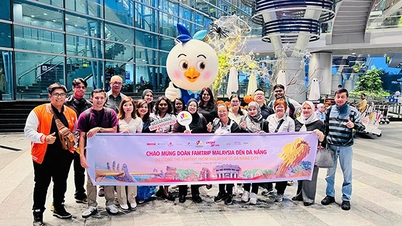





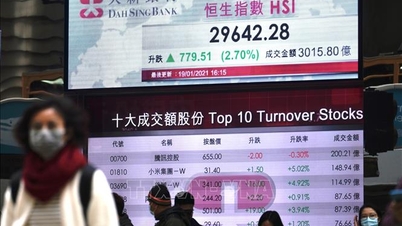


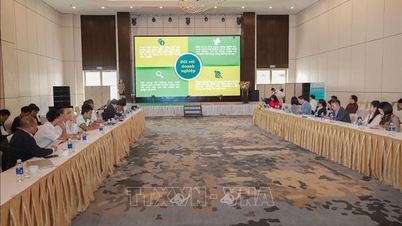






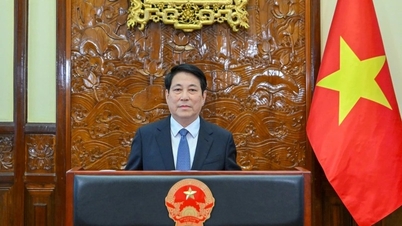



![[Photo] President Luong Cuong attends the 80th Anniversary of the Traditional Day of the Armed Forces of Military Region 3](https://vphoto.vietnam.vn/thumb/1200x675/vietnam/resource/IMAGE/2025/10/28/1761635584312_ndo_br_1-jpg.webp)











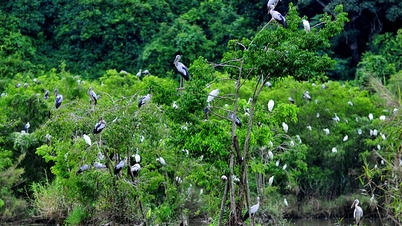






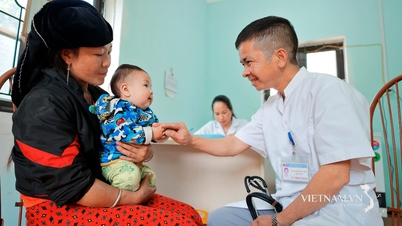









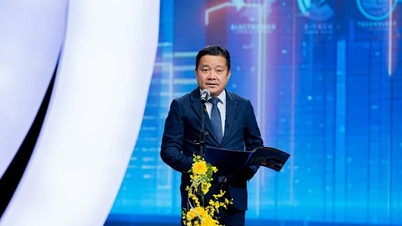
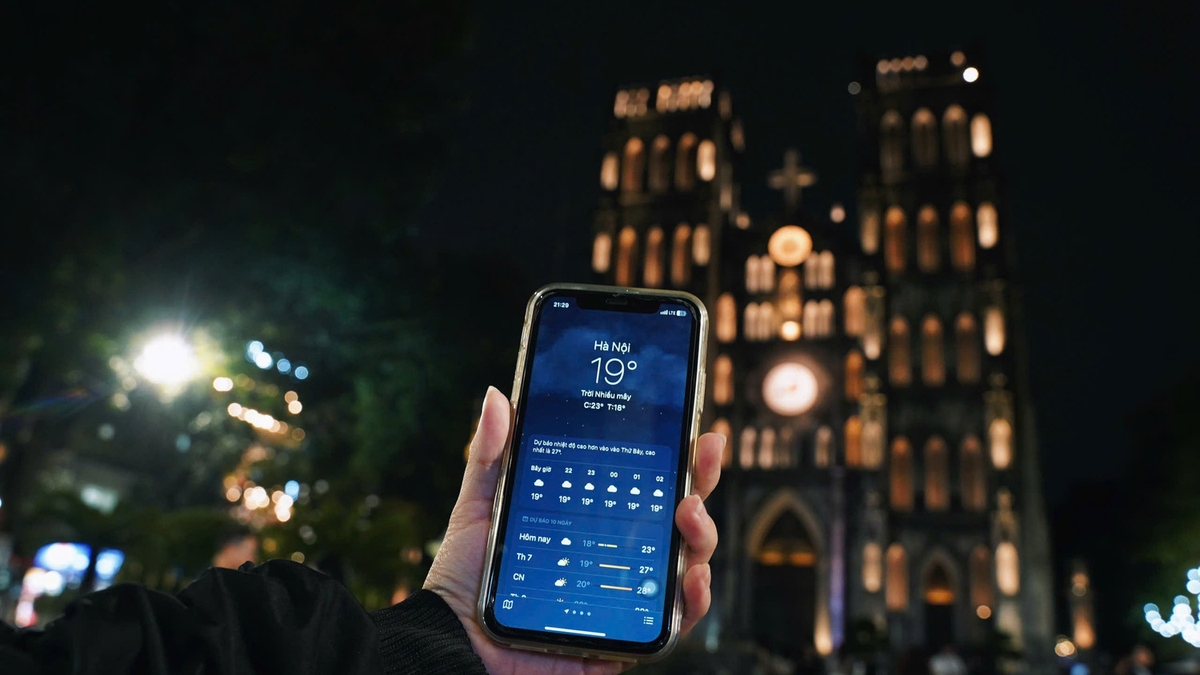





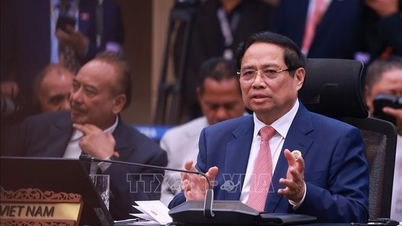

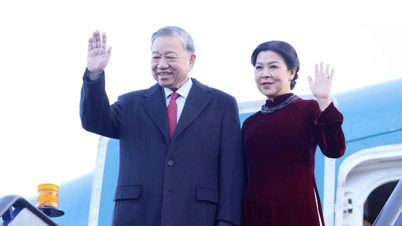



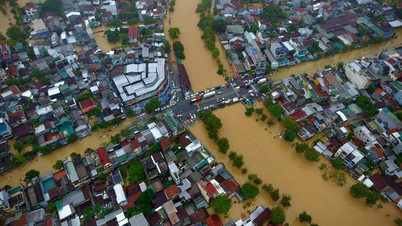


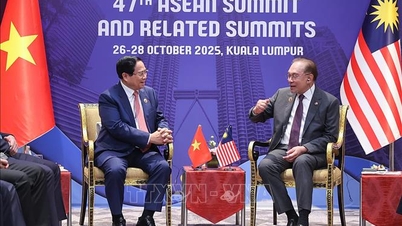
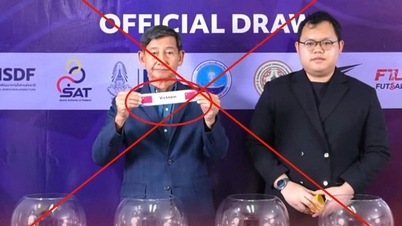

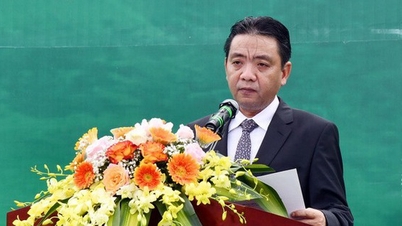






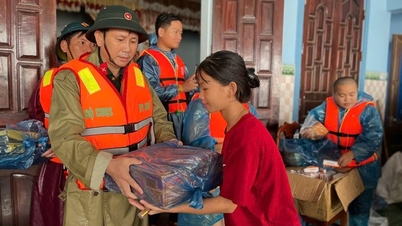



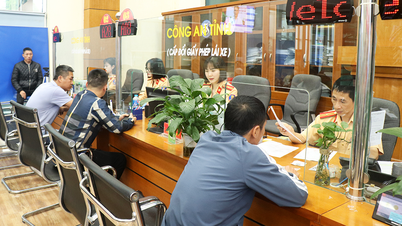


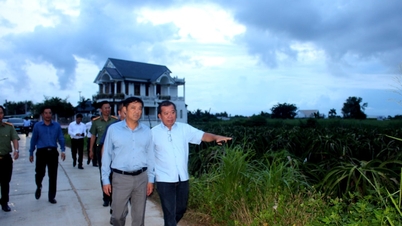

















Comment (0)